- Network Cables
- Control automation Cables
- Data Patch Cord
- fiber optic cable
- Fiber Patch cord Multimode
- Fiber Patch cord Single Mode
- Fiber Pigtails Series
- Coaxial Cables
- security cable wire
- alarm cable
- speaker cables
Understanding the 6 Pair Cable Color Code: A Comprehensive Guide by Fahad Cables Industry FZE
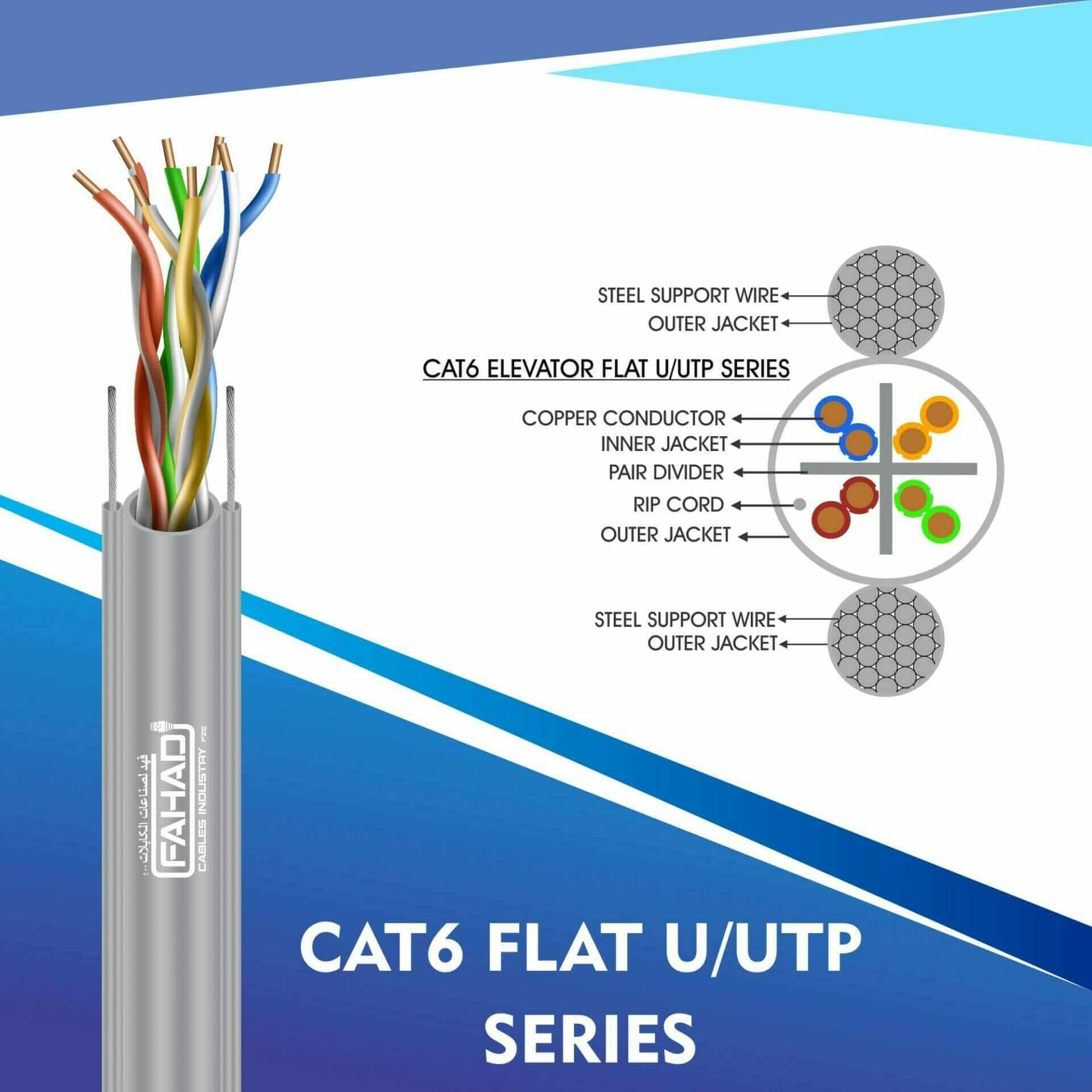
Introduction to 6 Pair Cables
6 pair cables are integral components in modern telecommunications and networking systems, playing a crucial role in facilitating efficient data transmission. These cables consist of six twisted pairs of wires, each designed to minimize interference and enhance signal quality. The structure of the cable allows for a significant reduction in crosstalk, which is essential for maintaining clear communication channels. As technology continues to advance, the demand for reliable and high-performance cabling solutions has surged, making 6 pair cables a popular choice for both residential and commercial applications.6 Pair Cable Color Code
The significance of 6 pair cables extends beyond their basic construction; they embody a commitment to improving network infrastructure. In environments where data integrity and speed are paramount, such as data centers, corporate offices, and telecommunications networks, utilizing these cables can elevate the overall performance of the system. Furthermore, they are designed to support various applications, including voice transmission, data networking, and video conferencing, thereby underscoring their versatility in today’s tech-driven world.
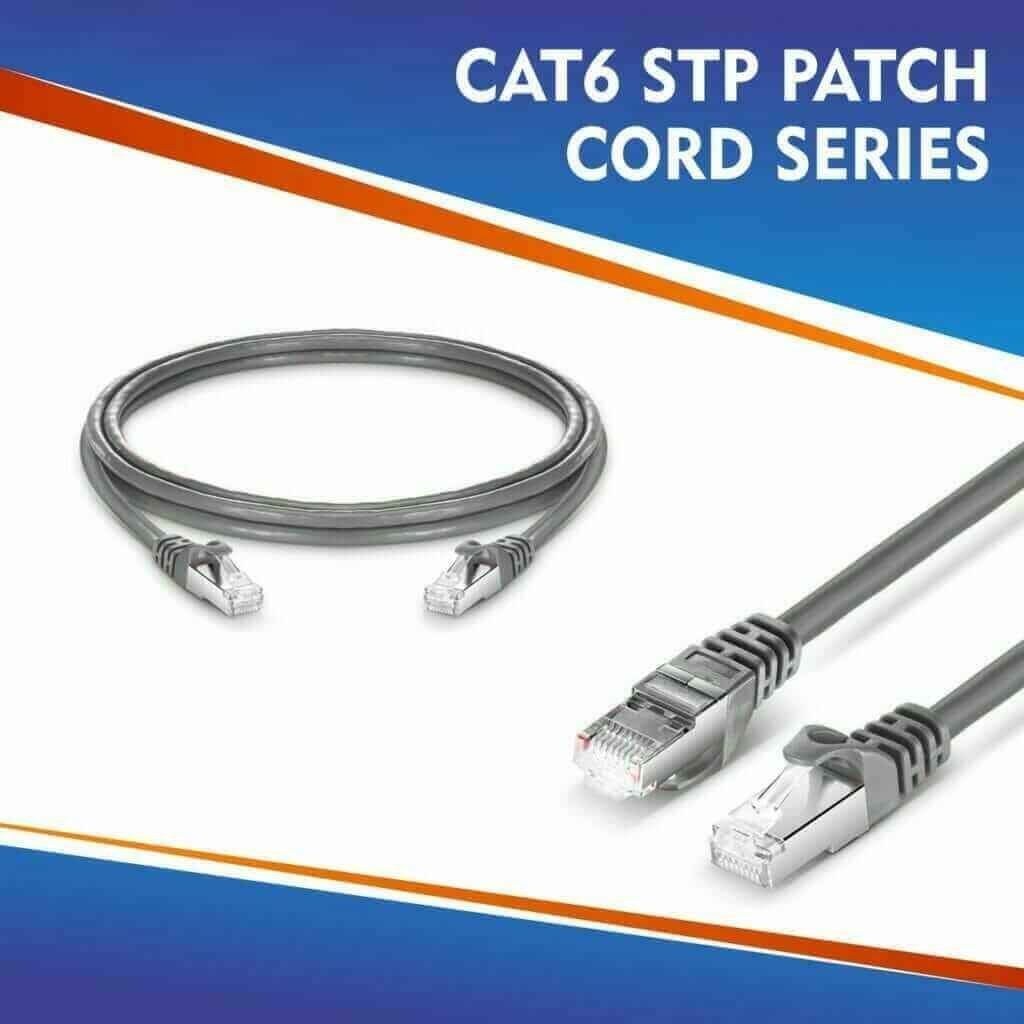
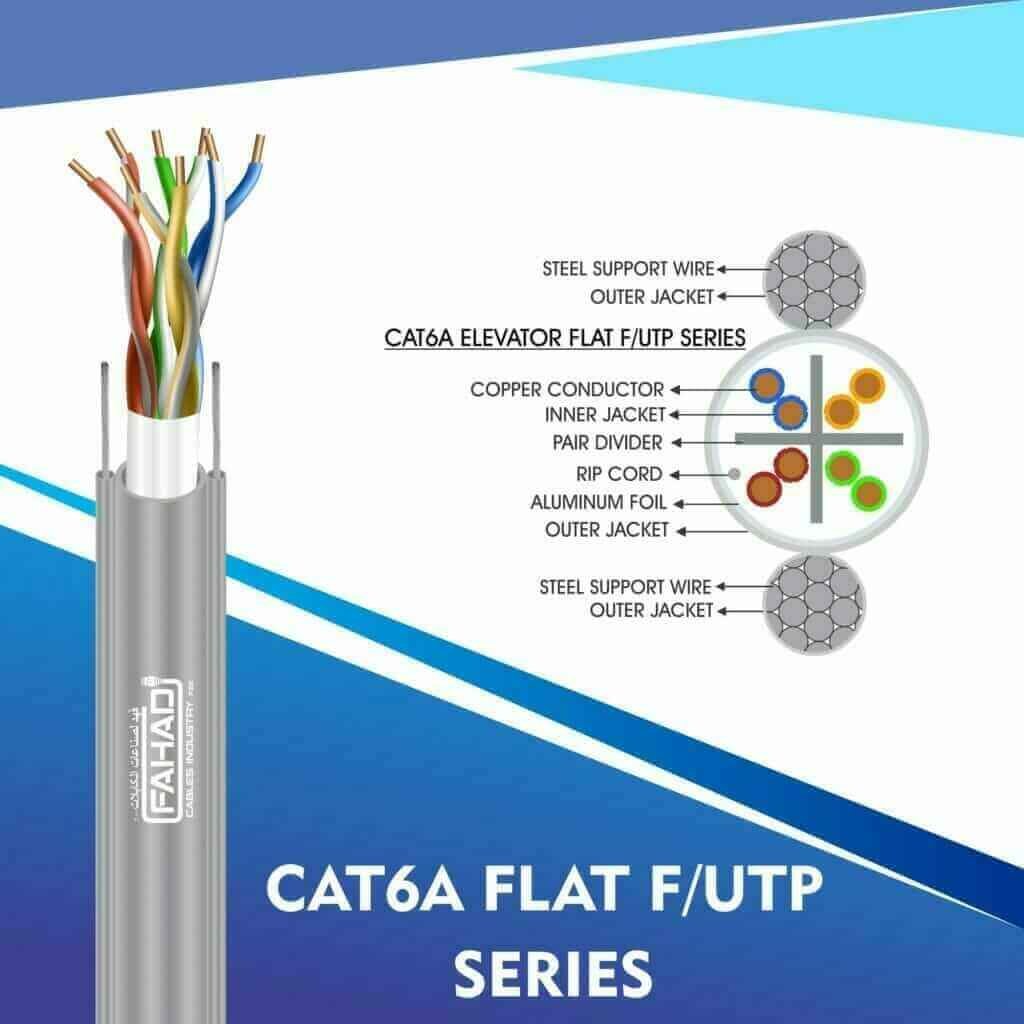
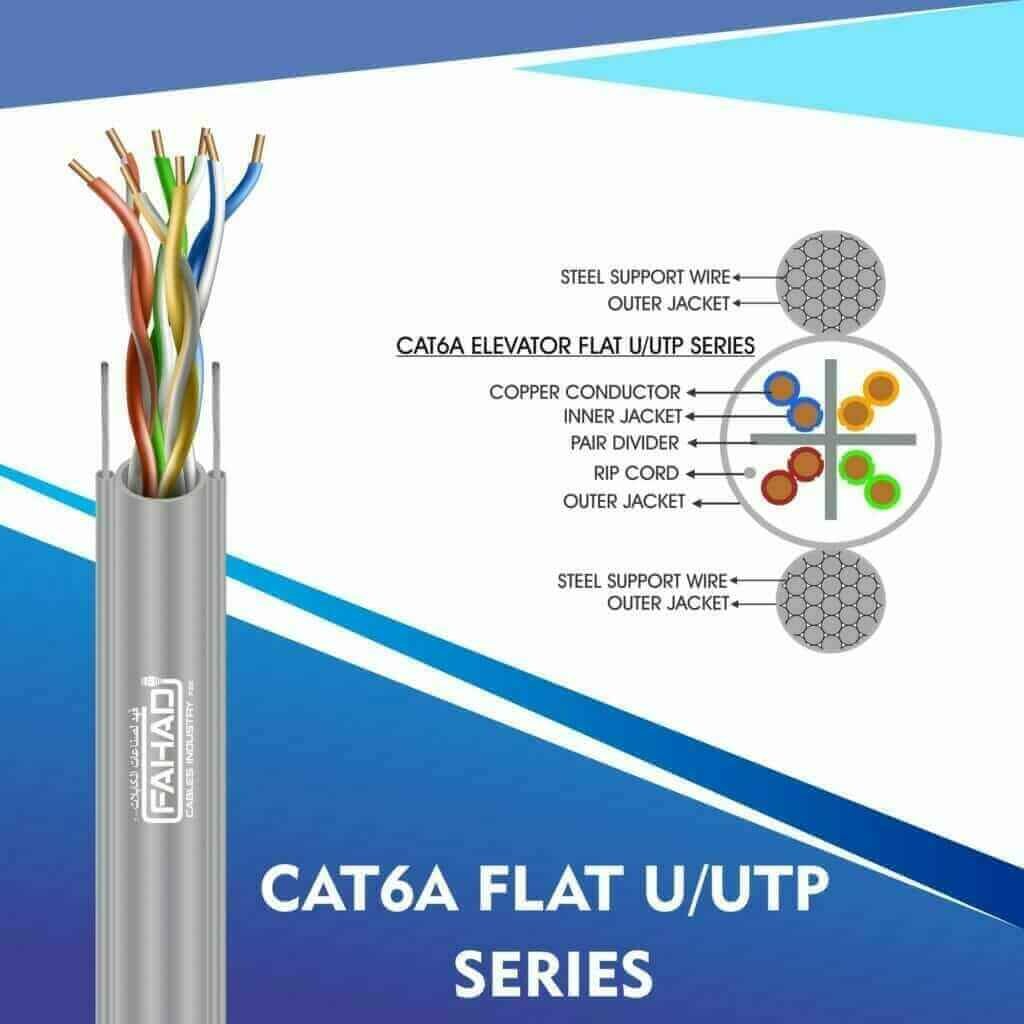
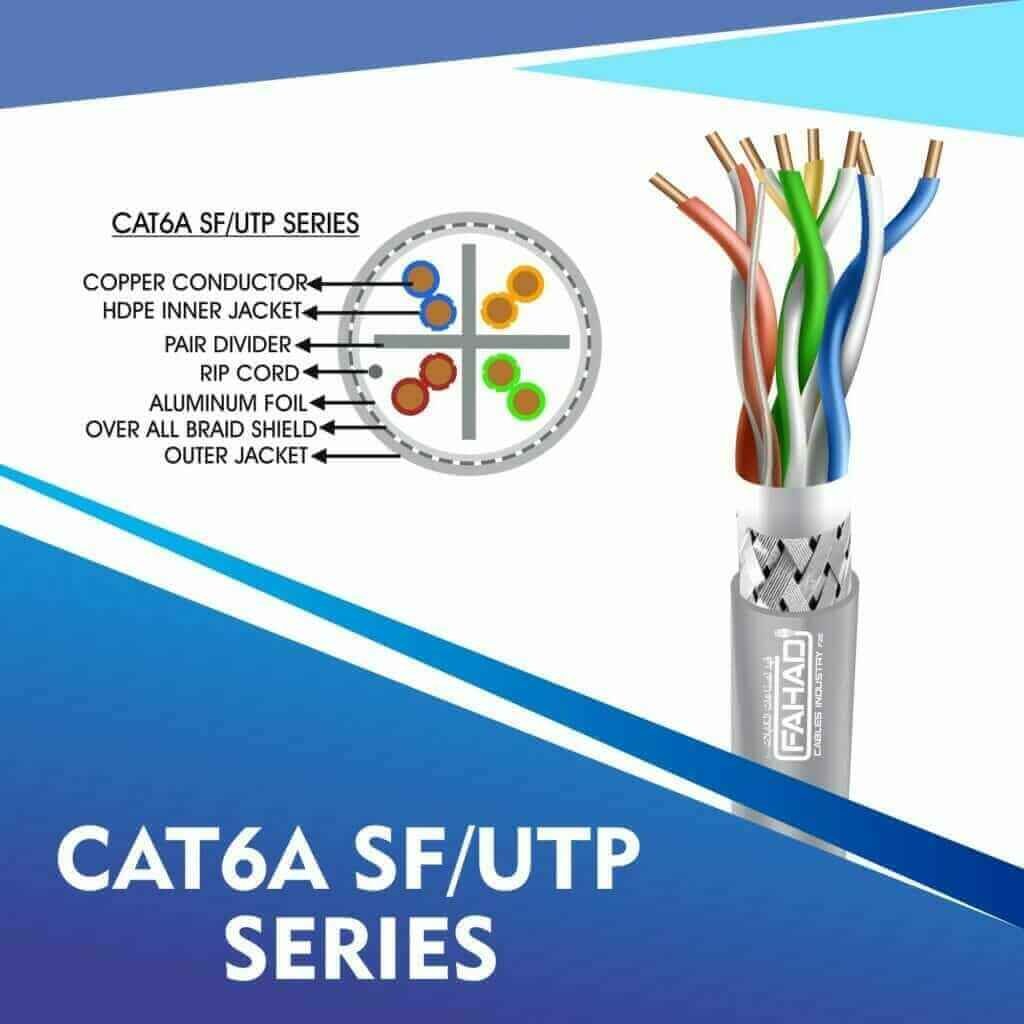
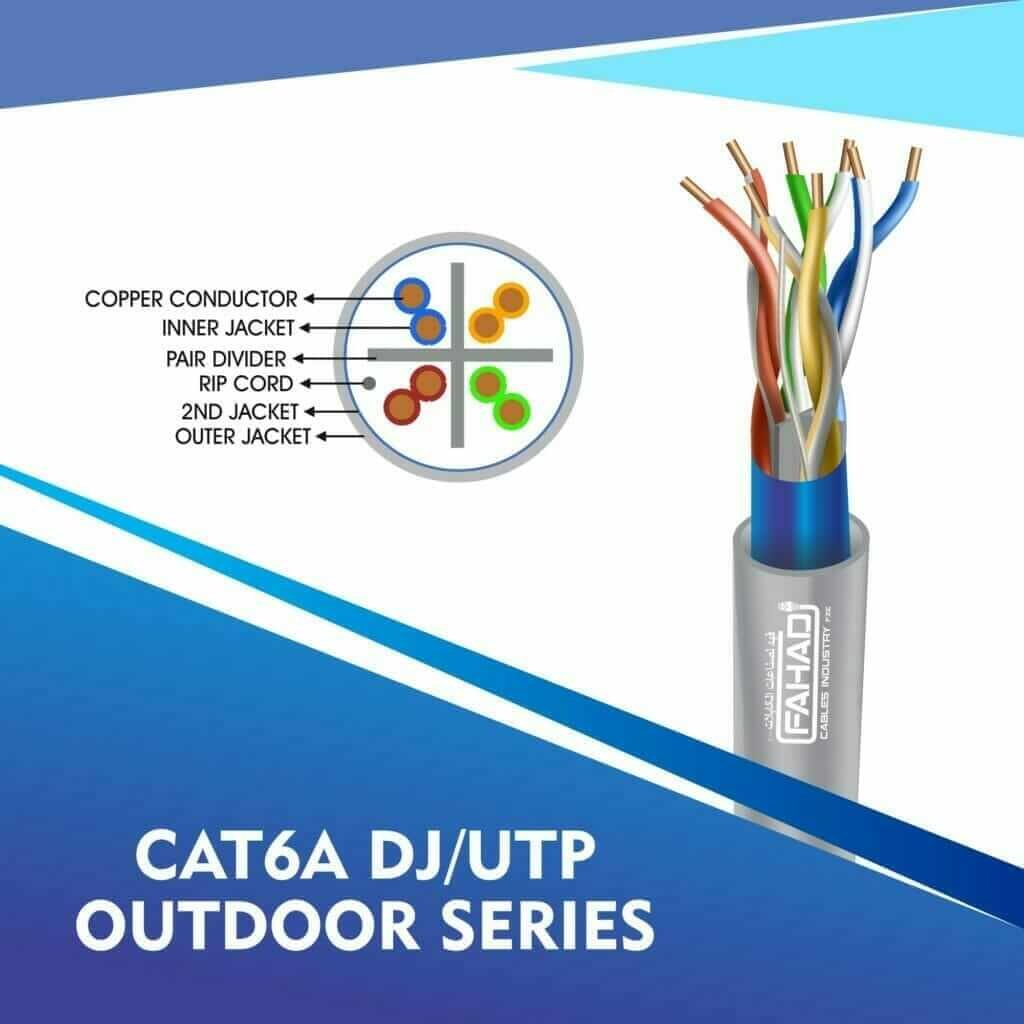
In the manufacturing industry, companies like Fahad Cables Industry FZE have emerged as leading producers of 6 pair cables in the UAE. With a focus on quality and innovation, Fahad Cables Industry FZE adheres to rigorous standards in production, ensuring that their cables not only meet but exceed industry specifications. This dedication translates into reliable products that clients can trust for their communication needs. By investing in advanced manufacturing techniques and testing processes, the company is poised to maintain its leadership position in the competitive market, further solidifying the importance of 6 pair cables in both local and international frameworks.
The Importance of Color Coding in Cables
Color coding in cables is a fundamental aspect that cannot be overlooked when it comes to effective cable management. Properly implemented color codes enhance safety, reduce the likelihood of errors during installation, and simplify the identification and troubleshooting processes in complex wiring setups. The significance of this systematic approach becomes increasingly evident in environments where numerous cables coexist, such as in data centers, industrial settings, and multi-purpose buildings.
One of the primary benefits of color coding is the enhancement of safety. In situations where cables need to be connected or disconnected, distinguishing between various functions and types of cables by their colors helps personnel avoid mistakes that could lead to electrical failures or hazards. For instance, mistakenly connecting a power cable to the wrong port can result in equipment damage or pose serious safety risks. Therefore, utilizing color-coded cables allows technicians and operators to make decisions quickly and with a higher degree of confidence.
colour coding cat6
In addition to bolstering safety, color coding significantly minimizes the chances of errors during installation. When technicians are familiar with a predetermined color code, they can easily identify the purpose of each cable. This practice not only streamlines the process but also helps in maintaining consistency across various installations. Furthermore, it serves as a quick reference for both experienced professionals and newcomers in the field, fostering a more efficient working environment.
Lastly, the role of color coding magnifies during troubleshooting. When issues arise within the wiring system, technicians can quickly reference the color codes to identify problematic cables without having to decipher complex labeling or documentation. This efficient identification process accelerates repair times and ensures that systems are restored to full functionality with minimal disruption. As a result, color coding proves to be an indispensable tool in maintaining organized, safe, and efficient cable management.
Overview of 6 Pair Cable Specifications
When discussing 6 pair cables, it is essential to understand the key technical specifications that determine their quality and performance. Among these specifications, the American Wire Gauge (AWG) is a critical factor. The AWG indicates the diameter of the copper conductors within the cable; for 6 pair cables, common sizes range from 22 AWG to 24 AWG. A lower number indicates a thicker wire, which generally results in lower resistance and better transmission capabilities. Therefore, selecting an appropriate AWG is crucial for optimal signal integrity and overall performance.
Another significant aspect to consider is the type of insulation used in 6 pair cables. Typically, these cables can be insulated with various materials, including PVC (Polyvinyl Chloride), PE (Polyethylene), and LSZH (Low Smoke Zero Halogen). Each insulation type offers unique properties such as durability, temperature resistance, and fire-retardant capabilities. For instance, LSZH insulation is particularly beneficial in enclosed spaces where fire safety is paramount. Understanding the insulation types helps in making informed decisions based on the specific environment in which the cables will be installed.
Overall dimensions, particularly the outer diameter of a 6 pair cable, also play a vital role in its application and compatibility with conduit systems. Generally, the outer diameters can vary based on the construction materials and design, ranging from approximately 6 mm to 12 mm. It is crucial to account for installation practices as well, ensuring that the cable fits the designated pathways with ease while adhering to local building codes.
In essence, being well-versed in the specifications of 6 pair cables, such as AWG, insulation types, and dimensions, is vital for selecting high-quality products that meet both performance and safety standards. This knowledge equips users with the understanding to choose the right cables for their specific needs, ensuring reliability in their networking infrastructure.
Fahad Cables Industry FZE: Manufacturer Insights
Established in the heart of the UAE, Fahad Cables Industry FZE has become a leading player in the cabling industry, known for its high-quality products and commitment to customer satisfaction. The company began its journey in the early 2000s, evolving steadily to meet the growing demands of both domestic and international markets. Over the years, Fahad Cables has expanded its product range, offering a variety of cables that cater to numerous applications, including telecommunications, power distribution, and industrial uses. This expansion exemplifies their dedication to supporting the infrastructure development initiatives in the UAE and beyond.
Central to the operations at Fahad Cables is a robust manufacturing process that employs state-of-the-art technology and industry best practices. Each cable is produced with a meticulous attention to detail, ensuring that the end products meet both national and international standards. The manufacturing facility operates under strict quality control measures, which encompass every stage of production—from raw material selection through to final testing. This rigorous approach ensures that each cable delivers optimum performance and reliability, which is crucial in today’s technologically driven environments.
Innovation is a core tenet at Fahad Cables Industry FZE. The company continuously invests in research and development, striving to incorporate the latest advancements in cable technology. This forward-thinking philosophy has led to the introduction of environmentally friendly materials and energy-efficient production methods, aligning with the UAE’s vision for sustainable growth. The company also engages in ongoing training programs for its employees, fostering a culture of excellence and adaptability in this dynamic sector. These initiatives not only enhance the quality of their offerings but also solidify Fahad Cables’ position in the competitive market landscape.
Detailed Breakdown of 6 Pair Cable Color Code
The 6 pair cable color code system is essential for understanding wiring configurations in various telecommunications and networking applications. This standard is particularly critical for ensuring the correct pairing of wires, which is crucial for the proper functioning of communications systems. Typically, each of the six pairs consists of twisted wires, and each wire has a distinct color to facilitate easy identification and connection.
The standard colors used for each pair in a 6 pair cable are as follows:
- Pair 1: White/Blue and Blue
- Pair 2: White/Orange and Orange
- Pair 3: White/Green and Green
- Pair 4: White/Brown and Brown
- Pair 5: White/Gray and Gray
- Pair 6: White/Violet and Violet
Each pair is designed to transmit differential signals, making the twisted wire pairs effective in minimizing crosstalk and electromagnetic interference. The first color in each pair typically denotes the primary wire, while the second represents the secondary wire. For instance, in Pair 1, White/Blue serves as the primary while Blue acts as the secondary. This coloring convention not only aids in identification but is also aligned with international standards.
Variations in color coding may exist based on regional practices or the specific requirements of certain projects. In certain situations, additional colors or markings may be implemented for enhanced clarity. To better assist with these differences, visual aids such as charts can be extremely useful. These charts provide a clear representation of color coding schemes, offering a straightforward reference for technicians and engineers while working on installations.
Overall, understanding the 6 pair cable color code is vital for professionals in the field, as it directly contributes to the reliability and efficiency of network systems.
Applications of 6 Pair Cables in Various Industries
6 pair cables serve a multitude of functions across various sectors, showcasing their versatility and critical role in modern communication and data transmission. One of the most prominent applications is found in the telecommunications industry. Here, 6 pair cables are utilized to transmit voice and data services, supporting everything from traditional voice lines to broadband internet connections. The robust design of these cables allows them to effectively carry multiple signals simultaneously, making them ideal for high-density environments.
In addition, 6 pair cables are essential within data centers. Their capability to support high-speed data transfer and connectivity among several devices makes them an optimal choice for network infrastructure. In a data center, these cables help facilitate communication between servers, routers, and switches, ensuring efficient data flow and minimal latency. Moreover, their compact nature allows for efficient organization and management within the tightly packed environments characteristic of modern data centers.
The importance of 6 pair cables is not limited to industrial settings; they also find significant application in residential wiring. Home networking setups often benefit from the installation of 6 pair cables, enabling reliable internet access, VoIP phone services, and even video streaming capabilities. As more households adopt smart home technology, the need for robust wiring solutions becomes increasingly apparent, further driving the demand for 6 pair cables in residential applications.
Furthermore, in the field of automation and control systems, these cables facilitate communication between various devices, ensuring seamless operation within different frameworks, such as manufacturing and logistics. The adaptability of 6 pair cables to different industry needs underlines their significance in addressing contemporary communication challenges effectively.
Installation Best Practices for 6 Pair Cables
Proper installation of 6 pair cables is critical to ensure optimal performance and longevity. Adhering to best practices not only enhances the reliability of communication systems but also mitigates the risk of future issues. To facilitate a successful installation, several tools and techniques should be considered.
First, gather essential tools such as cable testers, wire strippers, and crimping tools. These instruments are crucial for preparing cables correctly and verifying signal integrity. When selecting cable, make sure to choose high-quality materials that comply with industry standards, as this can significantly affect performance outcomes.
Before installation, it is advisable to create a comprehensive plan detailing the cable routes. Avoid running cables in high-electromagnetic interference (EMI) environments or near power lines, as this can lead to signal degradation. Additionally, when bending the cables, adhere to the manufacturer’s specifications regarding bend radius to prevent damage.
It is also important to avoid untwisting the pairs excessively. Each of the pairs in a 6 pair cable is twisted to minimize crosstalk; thus, maintaining this twist as close to the termination point as possible is imperative. The common practice is to leave at least one inch of twist intact before termination.
When terminating the cables, consistently follow the specific color code associated with the 6 pair cable to avoid confusion and ensure a reliable connection. Furthermore, double-check connections using a cable tester to confirm they are functioning correctly and are free from faults.
Finally, document the installation process and maintain records for future references. Comprehensive documentation alleviates troubleshooting if any connection issues arise later. By adhering to these installation best practices, one can enhance the effectiveness and durability of 6 pair cables, thus ensuring a reliable communication infrastructure.
Troubleshooting Common Issues with 6 Pair Cables
When working with 6 pair cables, technicians and installers may encounter several common issues that can impede proper function. One prevalent problem is signal loss, which can manifest due to various factors, including cable length, poor connections, or interference from external sources. To diagnose signal loss, it is recommended to use a cable tester to verify the continuity and integrity of the connections. Conducting tests at multiple points along the cable will pinpoint areas that require attention, especially if the cable exceeds recommended lengths, as longer runs can lead to attenuation and degraded performance.
Physical damage is another challenge that often arises during installation or maintenance of 6 pair cables. This can include cuts, abrasions, or kinks that may compromise the cable’s performance. It is crucial to perform a visual inspection before and after installation to identify any signs of physical damage. If any damage is found, it may require splicing or replacement of the affected section to restore optimal functionality. Additionally, ensuring proper cable handling and avoiding sharp bends during installation can significantly reduce the risk of physical damage.
Preventative measures also play a key role in maintaining the integrity of 6 pair cables. Installing proper cable management systems, such as raceways or cable trays, can help protect against physical wear and environmental hazards. Keeping cables away from sources of electromagnetic interference, such as motors or other electrical equipment, is also vital in preserving signal quality. Utilizing the correct connectors and ensuring secure terminations at both ends of the cable will further facilitate optimal performance and minimize issues over time. By proactively addressing these potential problems, technicians and installers can enhance reliability and longevity in their 6 pair cable installations.
Conclusion and Future of 6 Pair Cable Technology
In summary, the significance of 6 pair cables and their associated color coding cannot be overstated, especially in the context of contemporary telecommunication and networking infrastructures. The color coding system facilitates easier installation, maintenance, and troubleshooting of cabling, thus enhancing efficiency and reducing the potential for errors. By understanding the intricacies of this color coding, technicians and engineers can ensure proper connections are made, leading to optimized performance in data transmission. This streamlined approach is vital in an era where reliable communication is a cornerstone of both personal and professional interactions.
Looking ahead, advancements in cable manufacturing technology are poised to transform the landscape of 6 pair cables. Innovations such as enhanced materials, improved shielding techniques, and integration with smart technology solutions will likely redefine operational standards. Companies like Fahad Cables Industry FZE are well-positioned to spearhead these developments. Their commitment to research and development allows them to maintain a competitive edge, ensuring that they can introduce cutting-edge products that meet the evolving needs of the industry.
Moreover, with the increasing demand for high-speed internet and robust telecommunication services, the future of 6 pair cables seems promising. The potential for these cables to enable faster data transfer rates and support advanced networking protocols positions them as essential components in building the smart cities of tomorrow. As industries continue to adopt digital solutions, the relevance of 6 pair cables, along with their standardized color coding, will likely grow, making them a vital element in the connectivity backbone of modern society.



